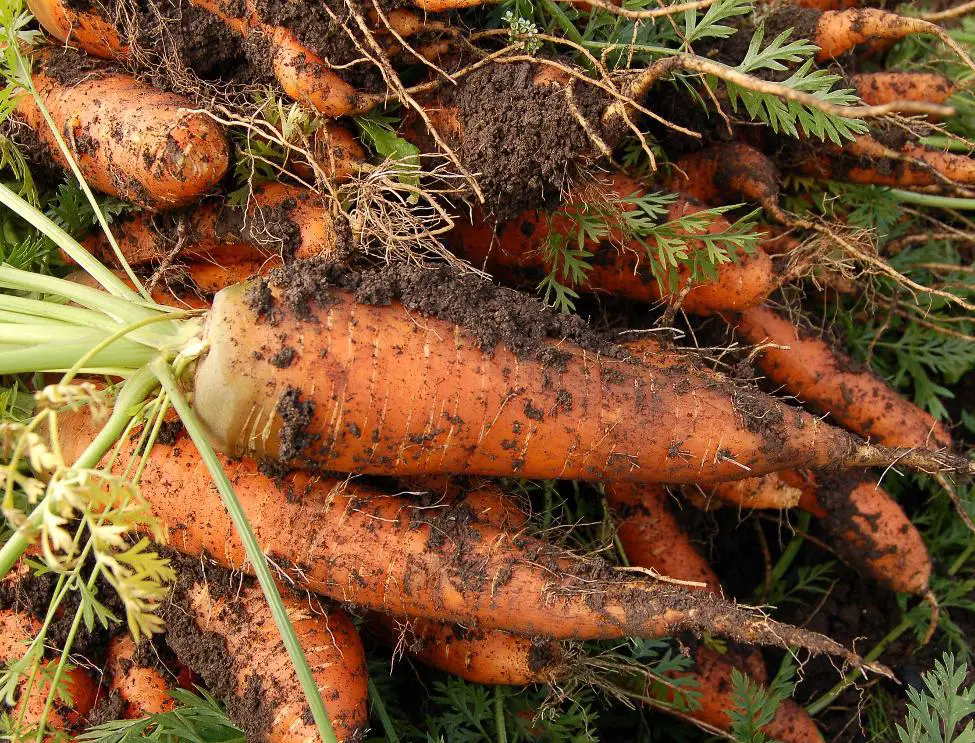Home-grown carrots are loaded with sweetness and they work well in pots, and you’ll avoid problems you might otherwise suffer from heavy or stony soil in open ground. Eaten straight after harvest, either raw or lightly steamed, home-grown carrots retain all the sweetness that is so often missing from shop-bought ones.
Carrots are a great source of vitamin A in the form of beta carotene. They are also a good source of fibre, B vitamins, vitamin C, vitamin K and potassium.
Basic needs
Grow in a container, tub, or pot 20cm or more deep. Use multipurpose potting compost over a base layer of grit, to give carrots the light, well-drained medium that they need to thrive. Never add any manures or high-nitrogen fertilisers before sowing.
To avoid fungal diseases, do not overwater the carrot plants, aim to keep them just moist.
Growing techniques
- Carrots can be sown nearly all year round in cool climates, but do best in the subtropics and tropics if planted in the drier, cooler months. For main-season crops sow seed from mid-spring to midsummer.
- Mixing the tiny seeds with a little fine sand help to make sure they are sown more thinly and also provides extra drainage.
- You can sow the fast-maturing varieties every few weeks to ensure a supply throughout summer and autumn.
- As they grow, the seedlings should be thinned to avoid crowding and to allow the remaining plants to grow bigger.
- Although drought resistant, keep the plants watered to prevent woody roots. Water well and often, apply a liquid seaweed feed every two weeks to improve the yield.
Problem-solving
Carrot flies are drawn to the smell of crushed, brushed leaves so touch plants as little as possible. Thin carrots, water, and harvest in the evening when these pests are less active. This insect lays its eggs on the plant and the hatched larvae burrow into the roots. The reddish-brown discolouration is a giveaway. The best natural deterrent is to interplant rows of carrots with rows of plants from the onion family. Spring onions are ideal, as their scent deters the flies and helps keep them at bay.
If the soil in your garden is naturally heavy and you long to grow carrots, there are a few varieties that produce short, stubby roots that don’t need to mine deep into the soil to produce a nice carrot.
Harvesting and storage
Dig up early varieties 12 weeks after sowing, and maincrops after 16 weeks. Carrots are best eaten fresh, some can also be stored in paper sacks, in boxes of damp sand, or frozen after blanching.
Unless harvesting a whole crop of carrots at once, avoid lifting them during the day, when carrot flies are around. Instead, wait until evening, when there is less chance of attack.
Tips
- Avoid low-flying carrot flies by planting in pots 60 cm or higher, otherwise, place barriers around the plants to that height or lift up the pots.
- Maincrop varieties are the best to grow if you want crops for storing.
- Although carrot tops are somewhat bitter, they are edible. You could use them like parsley, as a salad garnish or in pesto.
